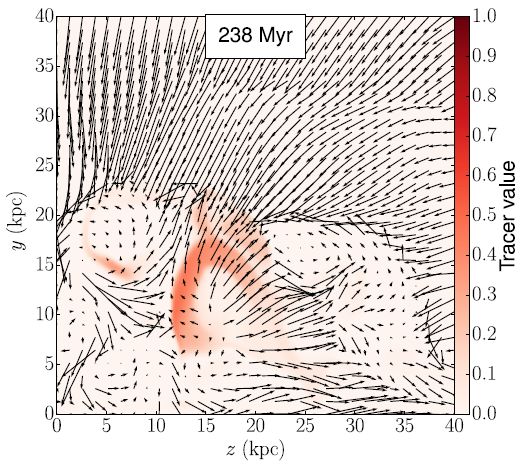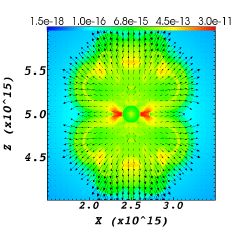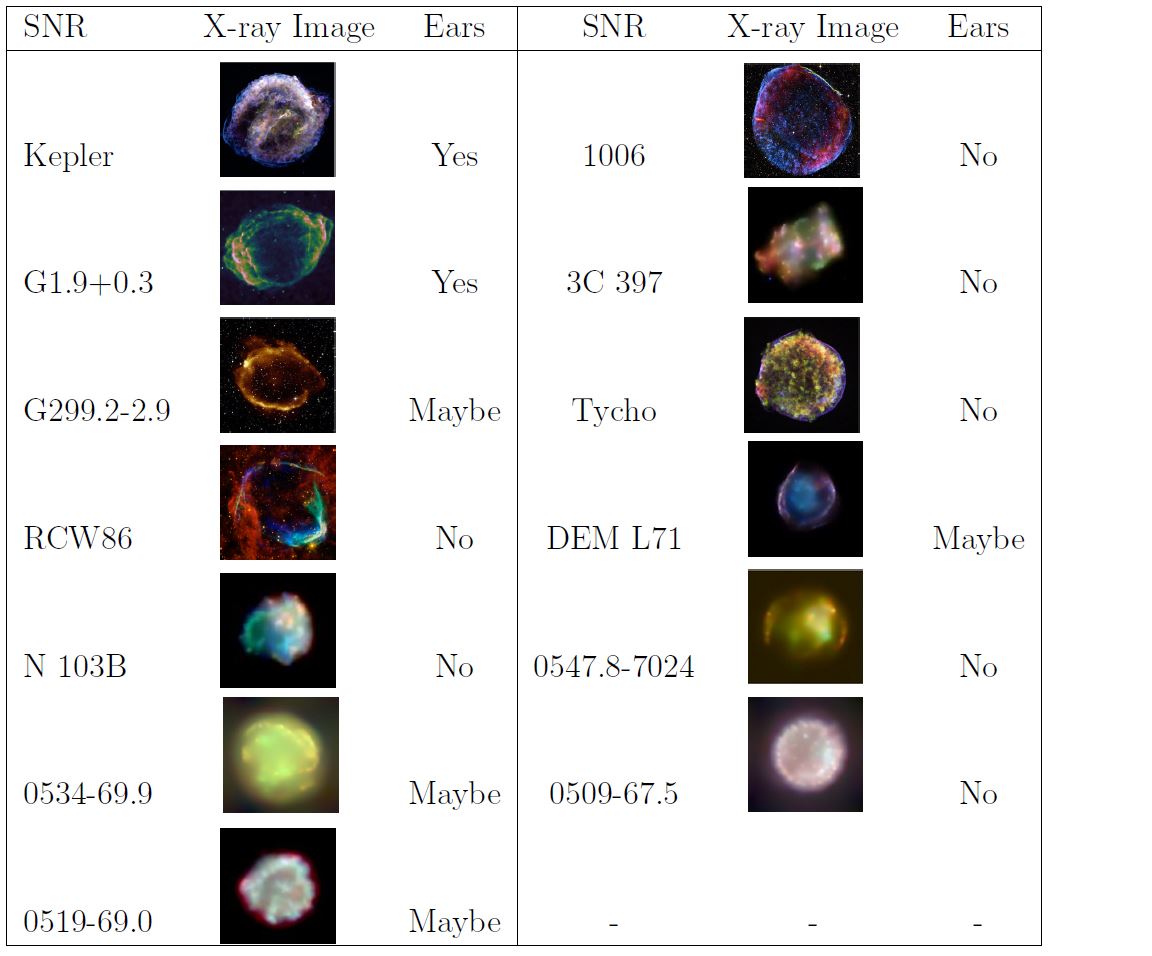Using 2D numerical hydrodynamical simulations of type Ia supernova remnants (SNR Ia), PhD student Danny  Tsebrenko (Portman) and I show in a new paper that iron clumps few times denser than the rest of the SN ejecta might form protrusions in an otherwise spherical SNR. Such protrusions exist in some SNR Ia, e.g., SNR 1885 and Tycho. Iron clumps are expected to form in the deflagration to detonation explosion model of white dwarfs. For a possible alternative explanation, see news item from November 2014.
Tsebrenko (Portman) and I show in a new paper that iron clumps few times denser than the rest of the SN ejecta might form protrusions in an otherwise spherical SNR. Such protrusions exist in some SNR Ia, e.g., SNR 1885 and Tycho. Iron clumps are expected to form in the deflagration to detonation explosion model of white dwarfs. For a possible alternative explanation, see news item from November 2014.
See news item in New Scientist.

 llel (PhD Student), Assaf Sternberg and I argue that the intracluster medium (ICM) of the cooling flow galaxy group NGC 5813 is more likely to be heated by mixing of post-shock jets’ gas residing in hot bubbles with the ICM, than by shocks or turbulent-heating.
llel (PhD Student), Assaf Sternberg and I argue that the intracluster medium (ICM) of the cooling flow galaxy group NGC 5813 is more likely to be heated by mixing of post-shock jets’ gas residing in hot bubbles with the ICM, than by shocks or turbulent-heating.  ernova 1987A and the Necklace planetary nebula, are formed by
ernova 1987A and the Necklace planetary nebula, are formed by 
